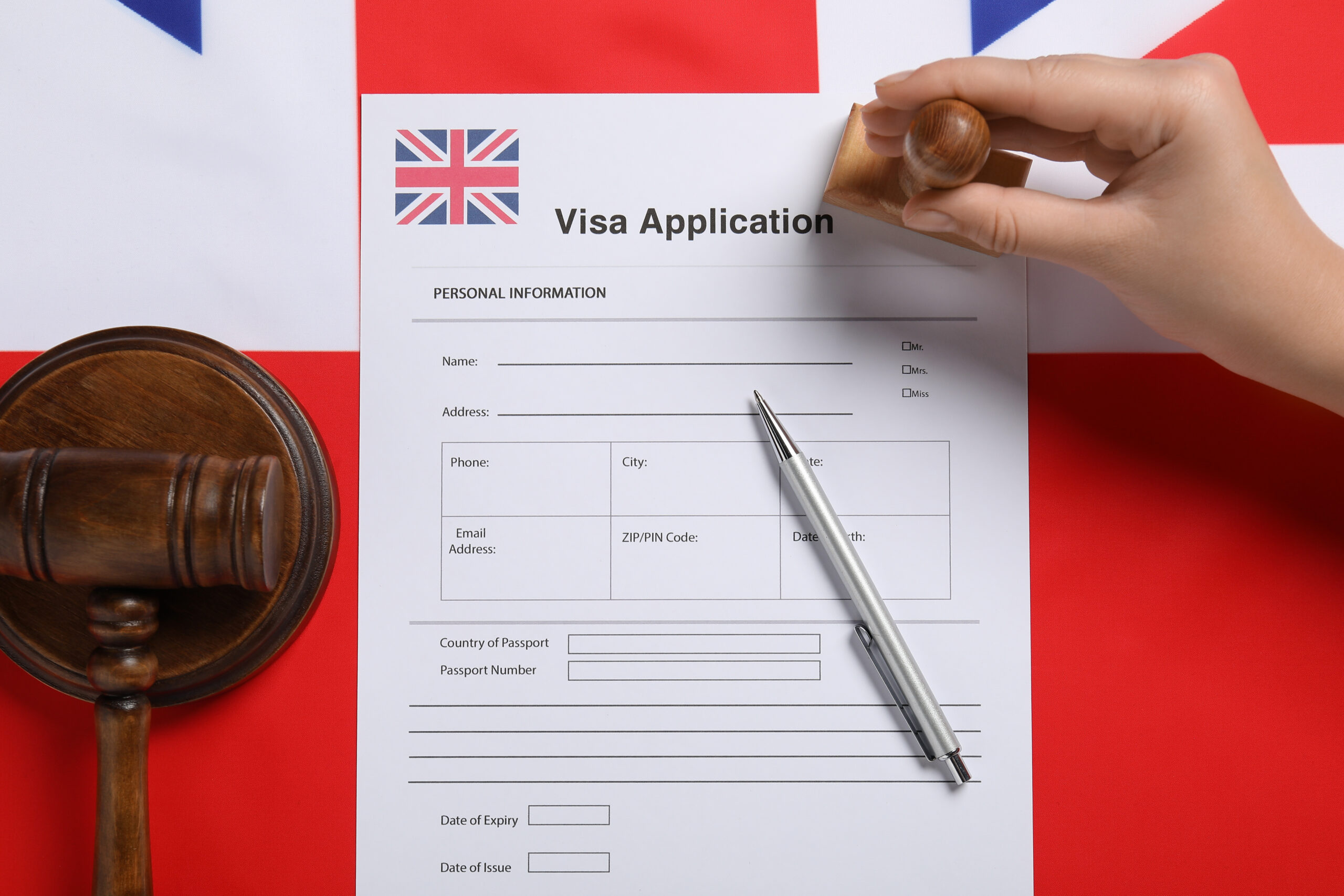Beating the Immigration Health Surcharge Hike: An Early Application Guide

As the looming increase in the immigration health surcharge draws near, individuals already in the UK or planning to move soon are wise to explore the option of making an early application to avoid the dramatic fee surge. The proposed hike, from £624 to £1,035 per year for most applicants and £470 to £776 per year for children, students, and their dependants, has prompted a rush to beat the impending changes.
Update on Timetable for the Increase
The Delegated Legislation Committee is set to discuss the draft Immigration (Health Charge) (Amendment) Order 2023, paving the way for potential increases. However, the exact timing of the House of Commons approval remains uncertain. With over three weeks, and possibly longer, before the new rates take effect, now is the opportune moment to consider early applications.
Moving to the UK: Calculating the Cost
Illustrating the magnitude of this fee hike, a spouse entry clearance application currently costing £3,718 (£1,846 in application fees and £1,872 in immigration health surcharge) will soon skyrocket to £4,951. Similarly, a five-year UK Ancestry visa, presently at £3,757 (£637 in application fees and £3,120 in immigration health surcharge), will surge to £5,812.
However, applying early requires careful consideration of eligibility requirements. For instance, spouse visa applicants relying on employment must ensure the job has been held for at least six months, and Skilled Workers must time their application within three months of the job start date.
Extending Existing Permission: Dispelling the 28-Day Myth
Contrary to a popular misconception, there is no legal requirement to apply for limited leave within 28 days of current leave expiry. While it is true that applying too early might lead to settlement refusal, it’s crucial to recognize that the 28-day myth lacks a basis in immigration rules.
The myth may stem from the practice of adding a maximum of 28 days to granted leave when an applicant still has extant leave. Applying too early may result in an additional application, potentially incurring more costs. Therefore, meticulous timing is essential to maximize cost savings.
Case Studies: Navigating Early Applications
Three case studies, Zorian, Zach, and Xvim, provide insights into strategically applying early, emphasizing the importance of aligning application timing with the required residence period for settlement.
How to Slow Down an Application: Buying Time Strategically
For borderline cases, knowing how to slow down the application process can be beneficial. Delays in uploading documents and biometric enrollment can buy additional time, and careful consideration of the ID Check App versus the UKVCAS route may be pivotal.
Conclusion: Seek Legal Advice for Precision
Tweaking application timings demands careful consideration, making legal advice invaluable. Seeking professional guidance can help avoid costly mistakes and ensure a smoother immigration journey.
Navigating the complexities of immigration applications requires strategic planning and attention to detail. As the specter of fee hikes looms, an early and well-timed application could be the key to substantial cost savings.

